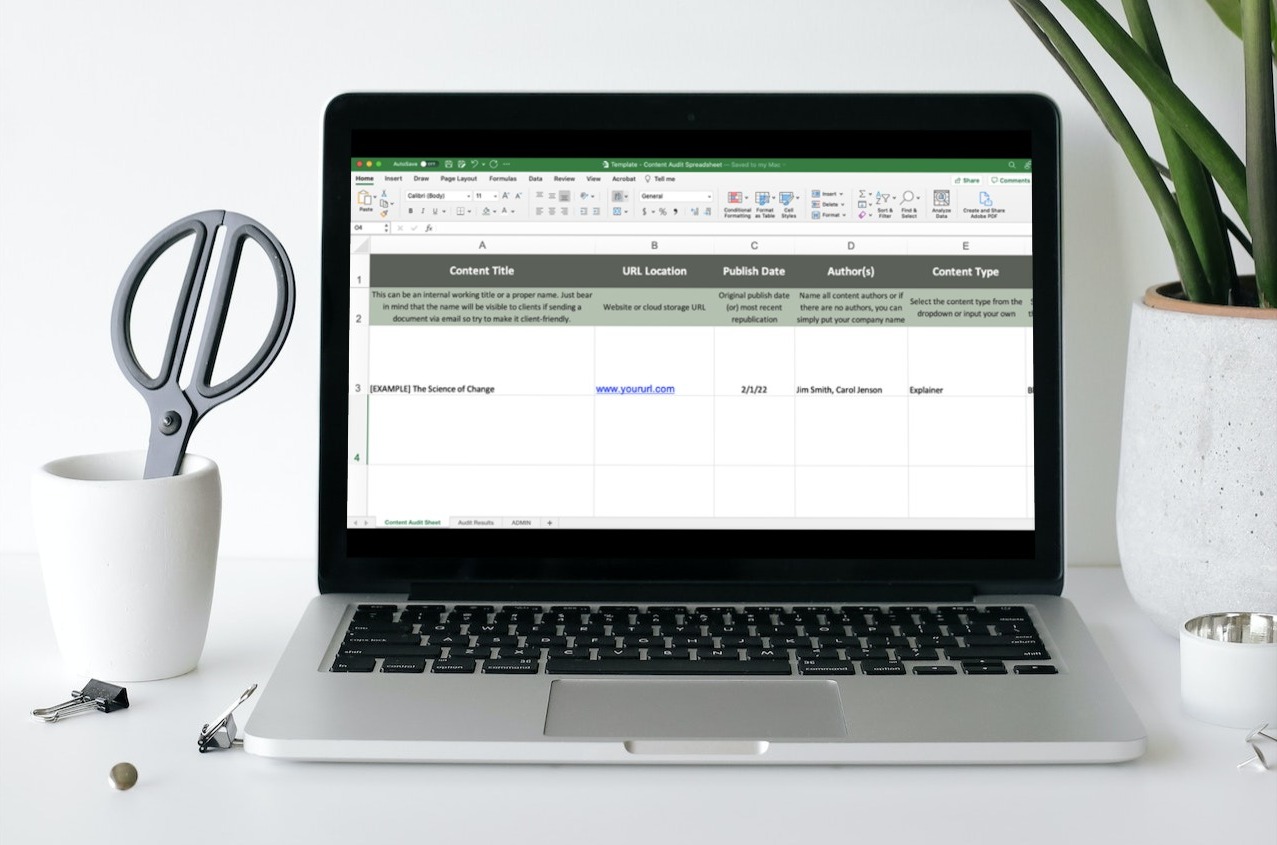How to Find and Win Your Ideal Coaching Clients
These four areas might be causing you missed opportunities
By Amber Toal
The importance of identifying your ideal buyer can’t be overstated.
It helps you target the right audiences and guides your sales activities. It enables better lead qualification and puts you in the position to work with only those clients who align with your core values and mission.
But simply identifying your ideal client won’t win their business. Let’s just assume you’re doing all the “right” things – producing great thought leadership, putting yourself (and your brand) out there, and nurturing prospects who enter your funnel.
So, if it’s not working, what’s the problem?
You may have heard the old marketing adage, “Find the right people in the right place at the right time with the right content and the right message.” This saying exists for a reason. Marketing is a complex mathematical equation, with subtle nuances that can derail even the most calculated approach.
If you’re actively marketing your brand and you’re still coming up short or attracting less-than-ideal clients (we’ve all been there), the problem likely comes down to one (or more) of these four things:
- You haven’t properly positioned your brand and/or your message to speak to those individuals’ needs
- You aren’t reaching them at a time when they are most receptive to your message
- You haven’t selected the right channels to market to them
- Your content doesn’t align with the content they want to consume
Message
I’ve worked with many executive coaches who deeply understand the needs of their ideal buyers, but their content doesn’t reflect that understanding.
Focus your messaging on the day-to-day challenges of your perfect client, specifically their primary, secondary, and tertiary needs. What are they struggling with? What are their drivers? What do they need to do their job well? What does success look like for them?
Once you’ve identified these needs, use this to create messaging that aligns to and supports their decision-making process. Use terminology that they use in day-to-day life. Align your solution so closely to their pain points that they can’t resist taking action.
Time
There are multiple layers to the timing element in marketing. At the highest level, timing can relate to your prospects’ position in the buying process. Consider the decision-making stages:
- Awareness > Problem Recognition: This is the earliest stage of the buying process where prospects become aware of and educate themselves on their challenge(s).
- Interest > Resolution Research: Once your prospects better understand their problem, they’ll start looking for ways to resolve it. Not only will they look for solution providers, but they’ll also look for different types of solutions (e.g. solve internally via DIY or outsource to a service provider).
- Consideration > Solution Comparison: In this stage, your prospects have identified a few viable paths to problem resolution and begin comparing those options against one another. They will compare these solutions using their unique decision-making criteria.
- Decision > Purchase Selection: During the final stage of the buying process, your prospects decide on a solution and finalize the path forward.
So how does timing play into all of this?
Let’s say that a prospect is researching how she can improve innovation within her organization. While she’s researching the fundamentals of innovation and the various elements that support it, she’ll be less receptive to a sales pitch for collaborative team coaching. She first needs a foundation of understanding before she can begin to consider what solutions are best for her unique circumstances.
Conversely, once she’s in the consideration stage and contemplating which coaching firm to move forward with, she doesn’t need additional information on the value of innovation—she’s past the point of research. Thus, the timing of where an individual is the buying process is key to winning their attention and their business.
At the tactical level, timing is as simple as time of day, week, month, or even year (think year-end budgeting). There are certain times when prospects are receptive to marketing content and that timing can vary widely by medium (e.g. email, phone, social media, etc.), industry, and individual. A/B test sending and posting times to help identify when your prospects are most receptive to your marketing content.
Channels
Knowing who your ideal buyer is means knowing what information sources and channels they use. But it’s not just enough to know what channels they use; you must also determine in which of those channels are they most receptive to your marketing.
Facebook is a great example of this. For some coaches, Facebook is a great way to reach their ideal prospects. They’re able to build community, engage with individuals, and build a one-to-many relationship with their prospects. But this isn’t the case for all coaches. If your ideal buyer wants to disconnect from work on social media, they may find your marketing to be intrusive and ill-placed.
Select a few channels based on your buyer research and lean into them. Once they’re up and performing, and if you have the adequate time and resources, you can expand into other channels.
Content
You know how kids love to say “Hey, look what I can do!” then proceed to do something that isn’t very impressive? Then they do it over and over again, insisting on your undevoted attention every time?
They think they’re doing something of consequence but for you, it’s just a distraction that isn’t adding value to your day (not that I’d recommend sharing that with them, of course).
This is exactly what bad content marketing is for your prospects.
I’m sure you’re putting a lot of thought and effort into your content, but is it actually adding value to your prospects’ day? Is it helping them solve an ongoing challenge or just saying “Hey, look at me!” over and over again?
I cannot stress this enough: every piece of content you put in front of a prospect should add value. If a piece doesn’t add value in some way, update it or get rid of it.
Additionally, consider the types and formats of your content. How-to articles and explainer videos are great content pieces for executive coaches. Case studies and testimonials are also important for social proofing your expertise in the later stages of the buying process.
A great way to start optimizing your content is by conducting a content audit. This gives you a holistic look into what content you currently have and what content you still need. You can then use the results as a guide for moving forward.
Find the Junction
There’s a good chance that your challenge lies in a combination of these four elements—but not necessarily in their entirety. For example, you might have a great piece of content that isn’t performing well because you’re sharing it at the wrong time. Or maybe certain messaging needs to be delivered in a different content format for it to resonate with your prospects.
Testing the various elements above—message, time, channel, and content—will help you strike the right balance. Listen the behavioral cues your prospects give you, find what works well, and replicate it over and over again.
Looking for more insights to help you win your ideal clients? Schedule an introductory call with me to get started!


